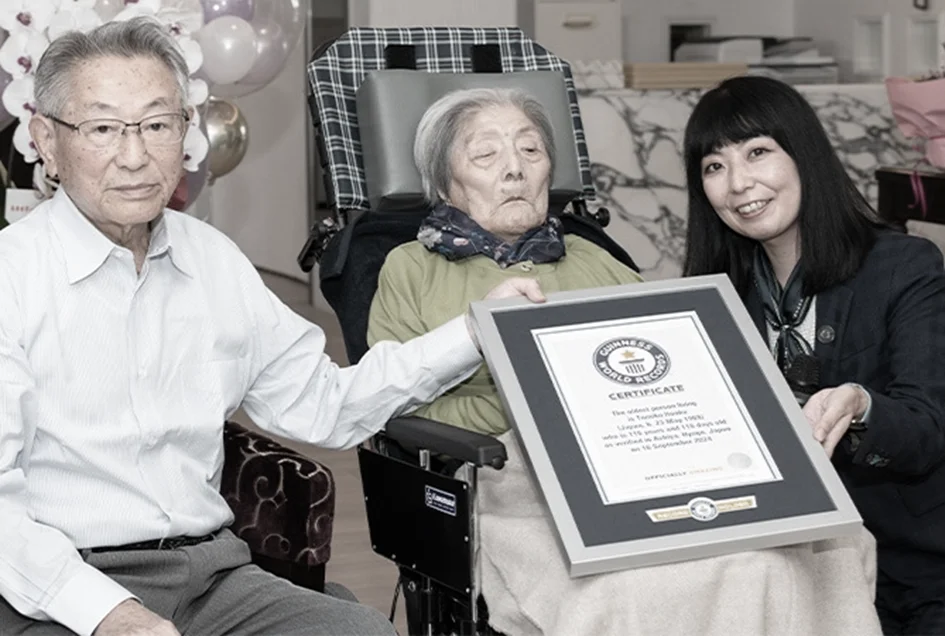After the death of the world's oldest verified living person Japanese Tomiko Itooka (pictured)which was 116 years old, Japan's demographic problems once again took centre stage. It is facing the reality of an ageing population and its economic and social policies are under the scrutiny of the whole world. With a declining workforce and rising healthcare costs, the situation in Japan offers crucial lessons for countries facing similar problems. This article examines the implications of these demographic trends for Japan's future.
Japan is still facing a demographic crisis that is changing its economy and society. The recent passing of the world's oldest verified living person underscores that Japan is home to one of the oldest populations in the world. There are currently more than 28 % Japanese citizens aged 65 and over, posing a significant challenge to the social security system and healthcare infrastructure there.
Population ageing has far-reaching economic consequences, including a shrinking labour force and a decline in consumer spending. Japan is attempting to counter these trends through automation, immigration policies and incentives to increase birth rates. However, these measures have met with limited success, raising concerns about long-term economic sustainability.
Globally, Japan is an example of an ageing country. Its innovations in elderly care technologies and workplace adaptations offer valuable lessons for countries facing similar demographic changes. At the same time, the challenges it faces highlight the importance of proactive policy measures to address the economic and social impacts of an ageing population.
Demographic trends in Japan are a stark reminder of the urgent need for global solutions to the economic challenges of ageing.
GH
PHOTO - grg-supercentenarians.org




1 comment
I don't think the title of your article matches the content lol. Just kidding, mainly because I had some doubts after reading the article.